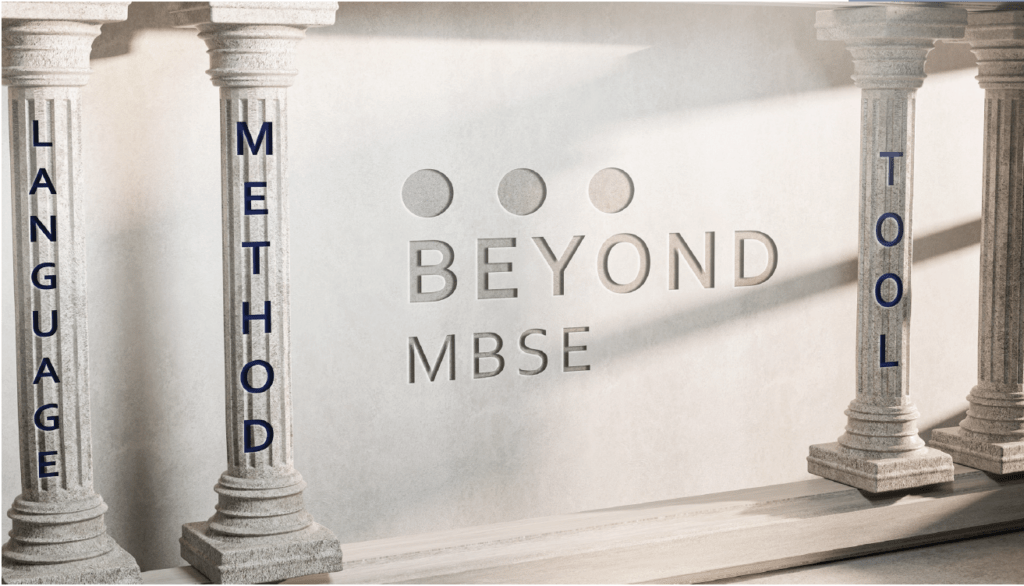The engineering industry has identified two primary approaches for conducting systems engineering: the traditional and Model-Based Systems Engineering.
The traditional systems engineering approach is commonly referred to as “Document-Based“. This approach primarily develops a system’s design through released documentation, often in formats of Word, Excel or PDFs.
The MBSE approach is the modern way of capturing a systems architecture.
The MBSE approach allows for the same life-cycle activities. It is much more effective and efficient in capturing a system’s architecture due to its highly inter-related infrastructure. Document-Based Systems Engineering is expensive due to its unintegrated method of specifying an architecture. As a system’s design and architecture changes, disparate documentation needs to be located and updated separately. Since the MBSE approach is highly inter-related, the modification of a systems architecture can happen within a central environment simultaneously. A MBSE environment has the ability to produce the same set of artifacts without the need to search for external documentation to update. The pillars of MBSE are:
Pillars of MBSE: Language
Language is the first pillar of MBSE. This pillar captures the grammar of a systems architecture. A modeling language is a standardized communication method. It establishes rules and guidelines for modeling elements and relationships to provide unambiguity to all stakeholders. Developing models that are well-formed and communicated are essential for an effective architecture.
Pillars of MBSE: Method
Methodology is the second pillar of MBSE. This pillar details the activities, techniques and conventions of developing a system architecture.
A MBSE method is a method that implements all or part of the systems engineering process and produces a system model as one of its primary artifacts. Essentially the necessary steps performed to develop system architecture.
Every system architect will have a preferred method for developing a systems architecture. Even though each method may present some benefits over others it is best to follow a standard for ease of adoption.
Pillars of MBSE: Tool
Tool is the third pillar of MBSE. This pillar details the software leveraged to capture your systems architecture.
A proficient MBSE modeling tool will have the capability of complying with the rules and guidelines established from several modeling languages (MBSE Pillar I).
A modeling tool is not a diagraming tool like Visio, SmartDraw, or Powerpoint. MBSE Modeling tools establish an underlying network of interconnected elements. This causes the modification of an element to ripple throughout the entire systems architecture.

